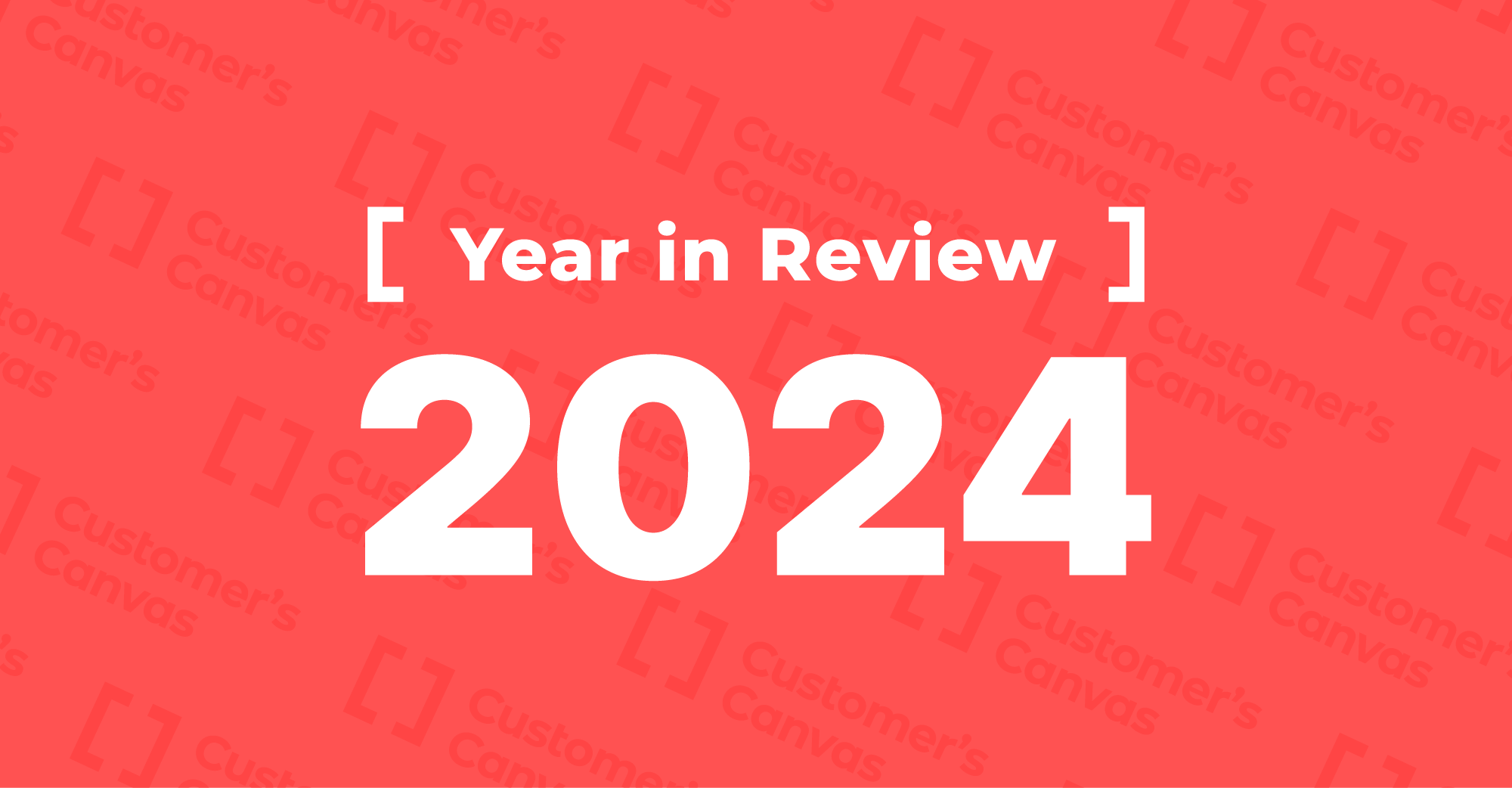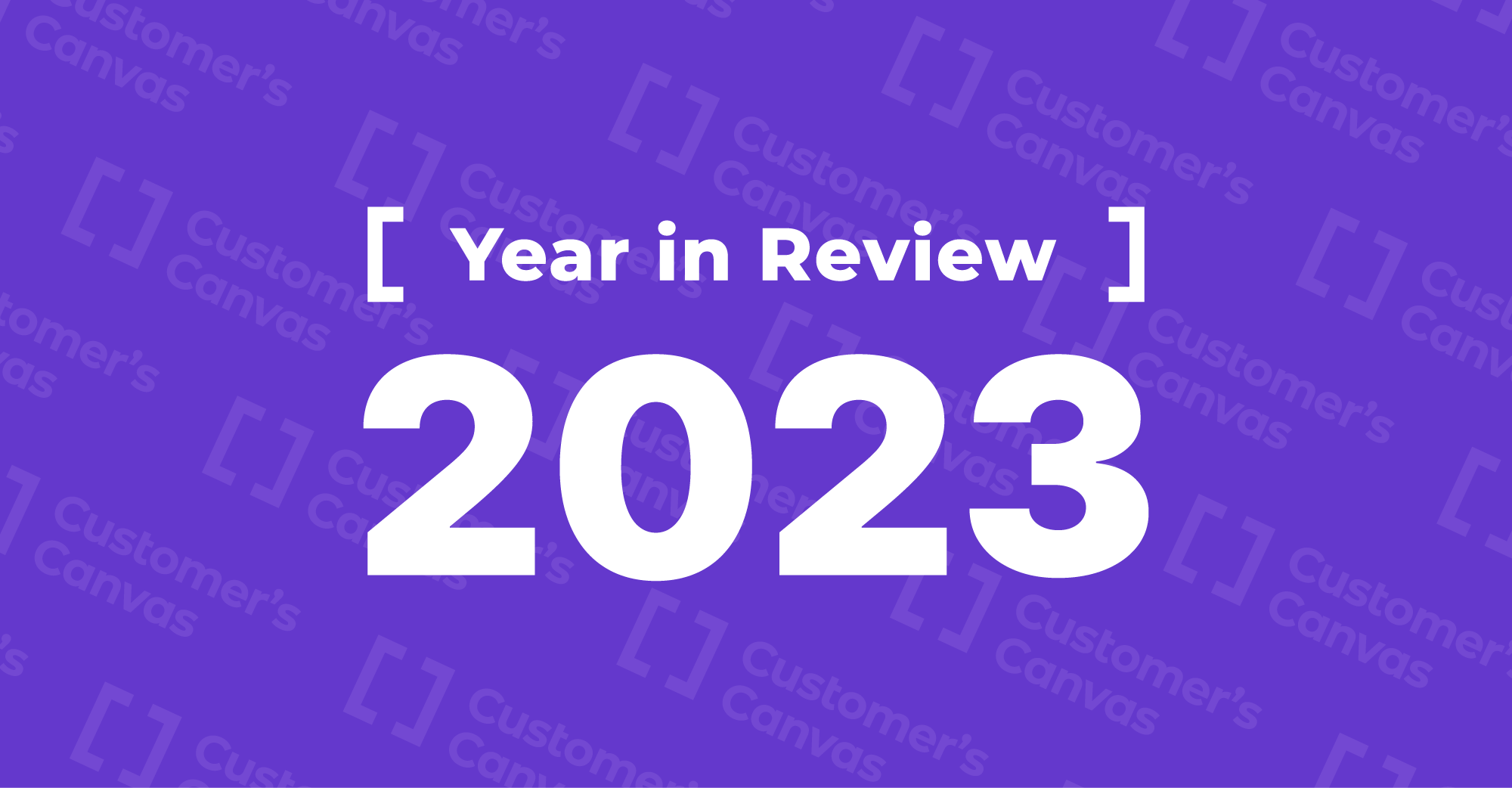New features
The constant flow of feedback from our customers is what really helps us understand the kind of functionality that we need to implement. In 2019, we responded to this feedback and made some major improvements. This includes the UI Framework technology, which essentially allows you to create almost any type of personalization workflow. Many other major improvements were made to the Design Atoms Framework. This is an API that can work with each element of a design that has been loaded into the editor (similar to the DOM API in JS). Design Atoms expands the range of scenarios that you can use Customer’s Canvas for. You can control the templates programmatically, lock down design elements, or create a product design with a few lines of code. You can check out some sample applications here. Additionally, we performed many other improvements to other APIs to enable a larger variety of integration use cases. Take a look at the brief introduction to all of the APIs available in Customer’s Canvas.
Another significant technology that we managed to introduce this year is the new text engine. This technology is bringing professional-grade typographic features to the web, including pixel-perfect rendering on both the front and back ends. We also upgraded the Customer’s Canvas asset manager by adding a better management system for assets and saved designs. Customer’s Canvas also now allows you to store assets on external storage. The variable data printing add-on was another subject of major innovation, notably support for QR and barcodes. We’ve also made some significant security improvements to our products in 2019.
These major improvements are just the tip of the iceberg. We’ve also delivered hundreds of minor improvements and new features that expand the utility of our products. In 2019, we made a total of 42 new releases.
New add-on: Customer’s Canvas Preflight
There are other methods than online product personalization to receive orders from the web. Another option is to let your customers upload their own files for printing. This workflow requires preflight checks against certain print requirements, which takes a lot of effort on behalf of the sales managers and increases the order fulfillment time. The Customer’s Canvas Preflight add-on is aimed at reducing that time by performing automatic checks on the designs uploaded to your website.
Plans for 2020
If you can believe it, we’re aiming to make 2020 an even more productive year than 2019 was.
One of our main focuses for 2020 is expanding Customer’s Canvas’s integration ability. We will continue to add new implementation scenarios and use cases by adding new functionality to our APIs. Our plans also include the Back Office add-on, which will make Customer’s Canvas even easier to integrate into complex proprietary systems as well as mainstream e-commerce platforms.
Another 2020 goal is to make some enhancements for supported template formats. We will continue to master the existing support for Adobe Photoshop and InDesign with new features and will add new capabilities for template designers with Adobe Illustrator support.
Simply put, every Customer’s Canvas module and add-on is scheduled to receive major improvements. This includes our Preflight add-on, which will help our clients cover ordering scenarios that require customers to upload their files.
Our greatest strength is that we use the constant communication with our clients and prospects as the source of inspiration for our feature roadmap. In 2020, our team will continue building a better product for commercial printers, marketing agencies, and others who want to make web-to-print an essential part of their business strategy.
Follow our updates to keep up with the newest features in our product.


